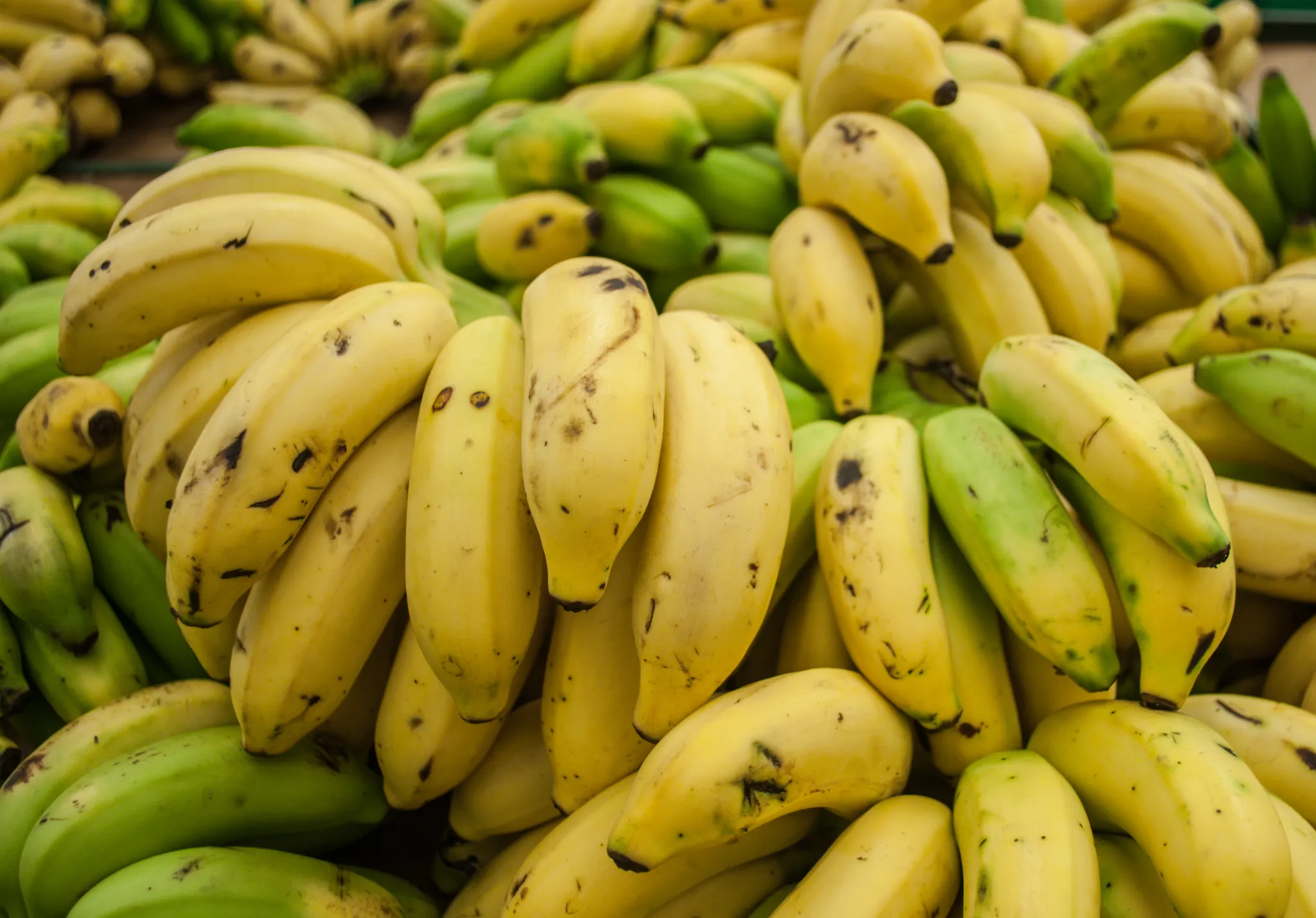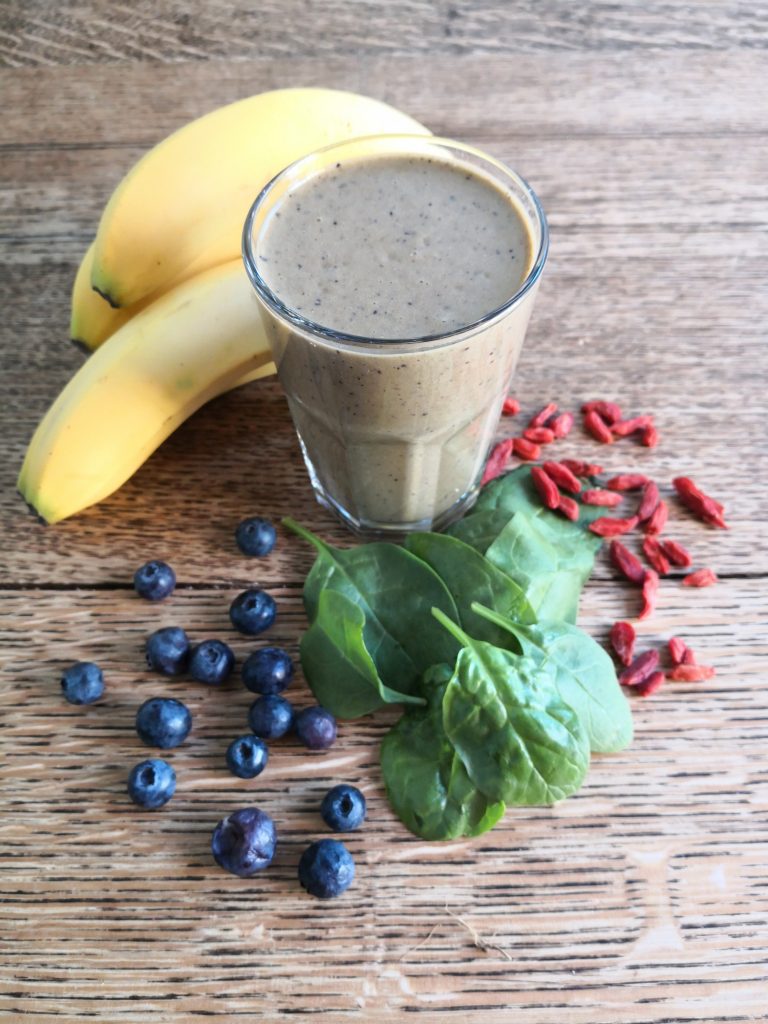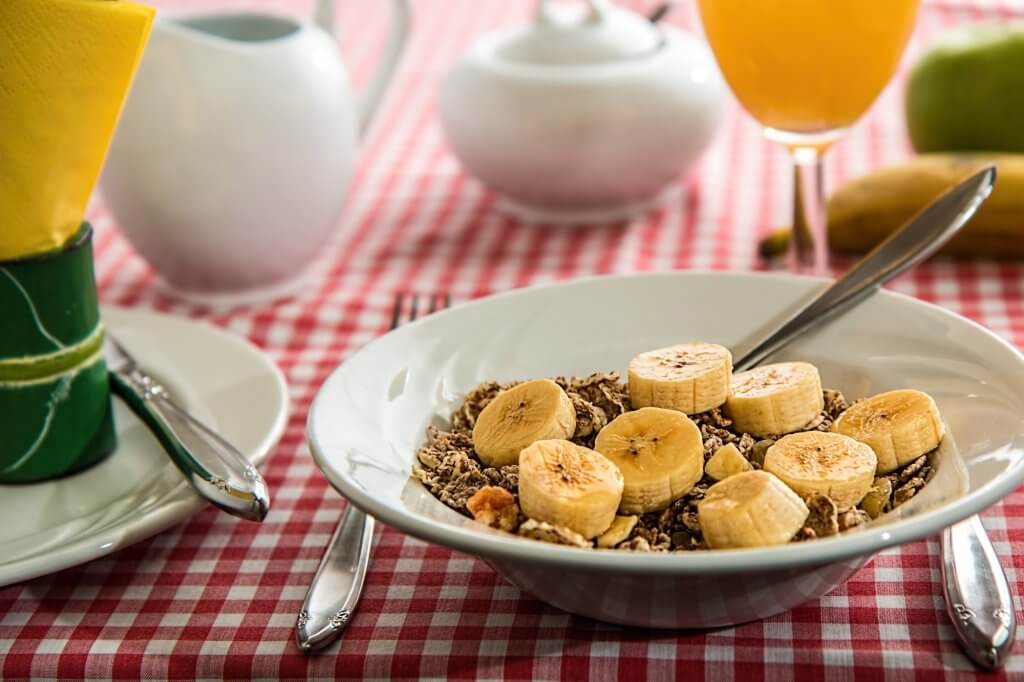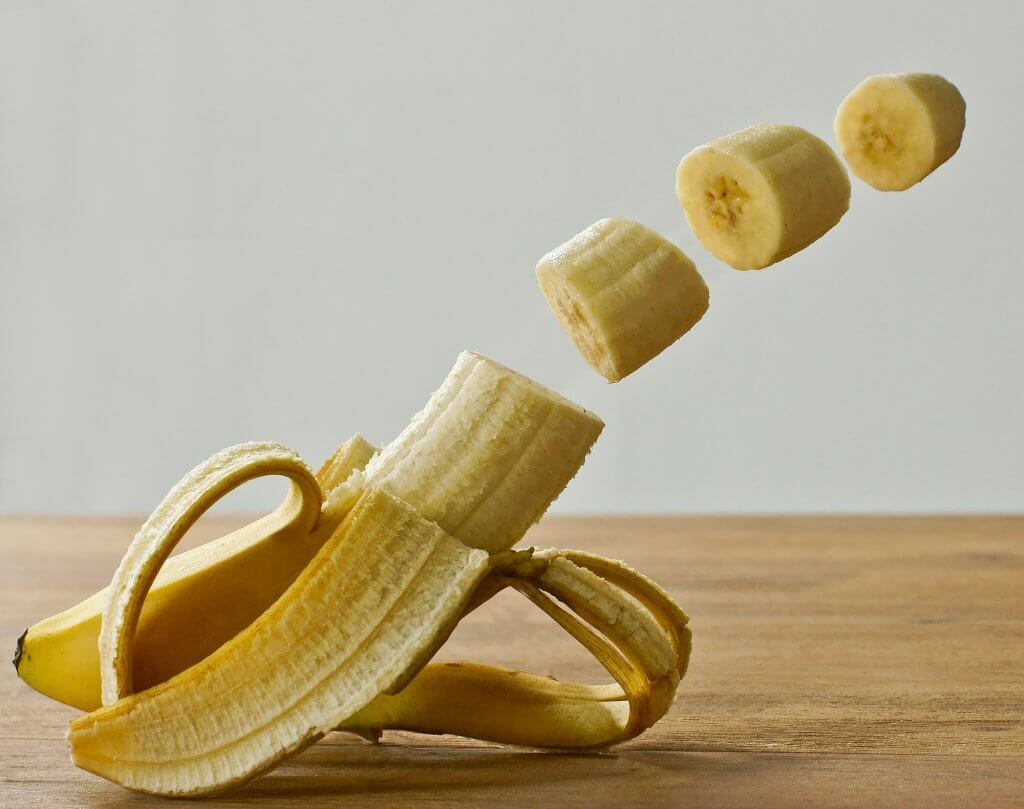
Are you looking for a unique and flavorful addition to your pantry? Look no further than homemade banana vinegar! In this article, we’ll share a simple and delicious recipe for making your own banana vinegar at home. Whether you’re an experienced home cook or just starting out, this recipe is sure to impress your taste buds and elevate your culinary creations. So grab your apron and get ready to embark on a flavorful adventure with this delightful banana vinegar recipe.
Have you ever wondered what to do with those overripe bananas sitting on your kitchen counter? Instead of tossing them out, why not turn them into a tangy and versatile vinegar? With just a few simple ingredients and a bit of patience, you can transform those once-forgotten fruits into a delightful homemade banana vinegar. In this article, we’ll walk you through the step-by-step process of making this unique condiment. Get ready to bring a burst of tropical flavor to your favorite dishes with this easy banana vinegar recipe.
If you’re tired of the same old salad dressings and marinades, it’s time to try something new and exciting. Enter banana vinegar – a surprisingly delicious and versatile ingredient that can add a tropical twist to any dish. In this article, we’ll guide you through the process of making your own banana vinegar at home. With just a few simple steps, you’ll have a tangy and flavorful condiment that will take your culinary creations to the next level. Get ready to impress your family and friends with this homemade banana vinegar recipe.
What is Banana Vinegar?
If you’re a fan of bananas and love experimenting with new flavors in your cooking, then banana vinegar is a must-try ingredient. Banana vinegar is a tangy and versatile condiment that can add a tropical twist to any dish. Made from overripe bananas, it’s a great way to use up those fruits that are too soft to eat but are still packed with flavor.
Banana vinegar is similar to other fruit vinegars, such as apple cider vinegar or raspberry vinegar. It’s made by fermenting mashed bananas with water and sugar, which creates a sweet and tangy liquid. The mixture is then left to ferment for several weeks, allowing the natural sugars in the bananas to turn into alcohol and then vinegar.
One of the great things about banana vinegar is its versatility. It can be used in a variety of ways in the kitchen, adding a unique flavor to both sweet and savory dishes. Try using it as a salad dressing, marinade for meats, or a glaze for roasted vegetables. You can even use it to make tangy and flavorful sauces for stir-fries or drizzle it over fresh fruit for a refreshing dessert.
Not only does banana vinegar add a delicious tropical twist to your dishes, but it also has some health benefits. Like other vinegars, it’s believed to have digestive benefits and can help regulate blood sugar levels. It’s also a rich source of potassium, Vitamin C, and other essential nutrients found in bananas.
Making banana vinegar at home is easy and requires just a few simple ingredients. It’s a great way to reduce waste and add a unique touch to your culinary creations. So, the next time you have some overripe bananas sitting on your countertop, don’t throw them away. Instead, turn them into a tangy and flavorful vinegar that will take your cooking to the next level.
Benefits of Banana Vinegar
Banana vinegar is not only a delicious and tangy condiment, but it also offers several health benefits. Here are some reasons why you should consider adding banana vinegar to your culinary repertoire:
1. Digestive Benefits: Banana vinegar contains enzymes that can aid in digestion. These enzymes help break down proteins and carbohydrates, making it easier for your body to absorb nutrients. Adding a splash of banana vinegar to your meals can promote better digestion and prevent digestive discomfort.
2. High in Potassium: Bananas are well-known for their high potassium content, and when fermented into vinegar, this nutrient is preserved. Potassium is essential for maintaining proper heart and muscle function, regulating blood pressure, and supporting overall cardiovascular health. By using banana vinegar, you can easily boost your potassium intake.
3. Rich in Vitamin C: Bananas are a good source of Vitamin C, which is an important antioxidant that helps protect your body against oxidative stress. Vitamin C also plays a crucial role in collagen synthesis, immune system function, and wound healing. Incorporating banana vinegar into your diet is a tasty way to increase your Vitamin C intake.

4. Low in Calories and Fat: If you’re watching your calorie and fat intake, banana vinegar is a great choice. It is low in calories and contains no fat, making it a healthier alternative to some other condiments. By using banana vinegar, you can add flavor to your dishes without adding excessive calories or unhealthy fats.
5. Versatile and Flavorful: Banana vinegar has a unique tropical flavor that can enhance a wide range of dishes. Whether you’re using it in salad dressings, marinades, or even drizzling it over grilled meats or roasted vegetables, banana vinegar adds a delightful tang and a touch of sweetness that complements many flavors.
Incorporating banana vinegar into your cooking not only adds a delicious twist to your meals but also provides health benefits. So why not give it a try and elevate your culinary creations with the tangy goodness of homemade banana vinegar?
Ingredients required to make banana vinegar
If you’re ready to embark on a culinary adventure and explore the world of homemade condiments, making banana vinegar is a great place to start! This tangy and versatile vinegar can add a tropical twist to your dishes and elevate your cooking to new heights. To get started, you’ll need just a few simple ingredients:
- Overripe bananas: Don’t throw away those brown and mushy bananas! They are the perfect base for making banana vinegar. The riper the bananas, the more flavor they will impart to the vinegar.
- Water: You’ll need water to create the liquid base for the fermentation process. Make sure to use filtered water to avoid any impurities that may affect the taste of your vinegar.
- Sugar: Sugar is essential to feed the beneficial bacteria during the fermentation process. It helps in converting the natural sugars in the bananas into tangy vinegar.
- White vinegar: Adding a small amount of white vinegar to the mixture helps jumpstart the fermentation process. It provides the necessary acidic environment for the bacteria to thrive.
Now that you have gathered all the ingredients, you’re ready to dive into the exciting process of making banana vinegar. Remember, homemade is always better, and you’ll be amazed at the vibrant flavors you can create using just a few simple ingredients.
Step-by-step process of making banana vinegar
Making your own banana vinegar is a fun and rewarding project that will add a burst of tropical flavor to your cooking. Here’s a step-by-step guide to help you create your very own batch of delicious banana vinegar:

- Gather your ingredients: To make banana vinegar, you’ll need overripe bananas, water, sugar, and a small amount of white vinegar. Overripe bananas are perfect for this recipe as they have a stronger flavor and are easier to mash.
- Mash the bananas: Start by peeling the bananas and mashing them with a fork or potato masher until they form a smooth pulp. The riper the bananas, the easier they will be to mash.
- Mix in the water and sugar: In a large bowl, combine the mashed bananas with water and sugar. The ratio should be approximately 2 cups of water and 1 cup of sugar for every 4 mashed bananas. Stir the mixture until the sugar dissolves completely.
- Add a splash of white vinegar: To kickstart the fermentation process, add a small amount of white vinegar to the mixture. This will help create the ideal environment for the beneficial bacteria to thrive. Just a splash is enough, about 1-2 tablespoons.
- Cover and let it ferment: Transfer the mixture to a clean glass jar and cover it with a clean cloth or a coffee filter secured with a rubber band. Place the jar in a cool, dark place and let it ferment for about 2 weeks. During this time, the natural sugars in the bananas will be converted into alcohol and then into vinegar.
- Strain and store: After 2 weeks, strain the mixture through a fine-mesh strainer or cheesecloth into a clean bottle. Make sure to press down on the solids to extract as much liquid as possible. Discard the solids or use them in recipes like banana bread or smoothies.
- Enjoy and experiment: Your homemade banana vinegar is now ready to use! It can be used in dressings, marinades, sauces, and even in cocktails. Its tangy and tropical flavor will elevate any dish. Feel free to experiment with different flavor combinations by adding herbs, spices, or even other fruits to create unique variations of banana vinegar.
« Discover the Ultimate Homemade Banana Pudding Recipe for Unmatched Creaminess and Flavor
Delicious Alternatives to Bananas in Recipes »
Remember, making banana vinegar is a process that requires patience, but the end result is well worth it. So why not give it a try
Additional Tips for Making Banana Vinegar
If you’re ready to take your banana vinegar-making skills to the next level, here are some additional tips to help you achieve the best results:
1. Choose the Right Bananas: When making banana vinegar, it’s important to use overripe bananas. These bananas are sweeter and have a stronger flavor, which will enhance the taste of your vinegar. Look for bananas with brown spots on the skin and a soft texture.
2. Experiment with Different Varieties: While most people use regular yellow bananas for making vinegar, don’t be afraid to try different varieties. Red bananas, for example, have a slightly different flavor profile that can add a unique twist to your vinegar. Feel free to get creative and explore different types of bananas to find your favorite.
3. Adjust the Sugar Content: The amount of sugar you add to your banana vinegar mixture can impact its sweetness. If you prefer a sweeter vinegar, you can increase the amount of sugar. On the other hand, if you prefer a more tangy vinegar, you can reduce the sugar or eliminate it altogether. It’s all about finding the balance that suits your taste buds.
4. Add Flavor Enhancers: While banana vinegar already has a delicious tropical flavor, you can take it up a notch by adding other flavor enhancers. Consider adding a splash of rum or a sprinkle of cinnamon to give your vinegar a delightful twist. Be creative and experiment with different combinations to find your own signature flavor.
5. Store Properly: After making your banana vinegar, it’s important to store it properly to maintain its flavor and quality. Transfer the vinegar into a clean glass bottle or jar with a tight-fitting lid. Keep it in a cool, dark place, like a pantry or cupboard. Proper storage will ensure that your vinegar stays fresh for a longer period.
Ways to Use Banana Vinegar in Cooking
Banana vinegar is not only a delicious addition to your pantry, but it can also bring a tropical twist to your favorite dishes. Here are some creative ways to use banana vinegar in your cooking:
1. Salad dressings
Banana vinegar adds a unique flavor to salad dressings. Combine it with olive oil, a pinch of salt, and some herbs of your choice to create a tangy and refreshing dressing. Drizzle it over a bed of greens, sliced fruits, and nuts for a delightful salad bursting with flavors.
2. Marinades

Marinating meats, poultry, or even tofu with banana vinegar can infuse them with a sweet and tangy taste. Mix the vinegar with your preferred spices, garlic, and a touch of soy sauce for a lip-smacking marinade. Let your protein soak in the marinade for a few hours to overnight for maximum flavor.
3. Sauces and glazes
Banana vinegar can be used as a base for sauces and glazes. Combine it with ingredients like honey, soy sauce, ginger, and garlic to create a delectable glaze for your grilled meats, roasted vegetables, or stir-fried dishes. The sweet and tangy flavors of the vinegar will elevate any dish to a whole new level.
4. Cocktails
Get creative with your cocktails by incorporating banana vinegar. Add a splash of it to your margaritas, mojitos, or even a refreshing summer punch. The vinegar’s fruity flavor and acidity will provide a delightful twist to your favorite libations.
5. Fruit desserts
Banana vinegar pairs perfectly with sweet treats like fruit desserts. Drizzle it over fresh berries, grilled pineapple, or even a scoop of vanilla ice cream for a burst of tropical flavor. The vinegar’s acidity will balance out the sweetness of the desserts, creating a harmonious blend of flavors.
Remember, when using banana vinegar in your cooking, start with small amounts and adjust to your taste preference. The versatility of banana vinegar allows you to experiment with different dishes and explore new flavor combinations. So go ahead, get creative, and let the tropical goodness of banana vinegar elevate your culinary creations.
Conclusion

Now that you have a step-by-step guide on how to make your own homemade banana vinegar, the possibilities are endless! This tropical delight can add a burst of flavor to your favorite dishes, from salad dressings to marinades, sauces, and glazes. You can even get creative and use it in cocktails or fruit desserts for a unique twist.
Remember, making banana vinegar is not only a fun and rewarding project, but it also allows you to experiment with different flavor combinations. Don’t be afraid to get creative and try out new recipes.
Lastly, make sure to store your banana vinegar properly to maintain its freshness and taste. Follow the tips provided in the article to ensure that your homemade vinegar stays delicious for as long as possible.
So go ahead and give it a try! Whip up a batch of banana vinegar and let your culinary imagination run wild. Your taste buds will thank you for it!











